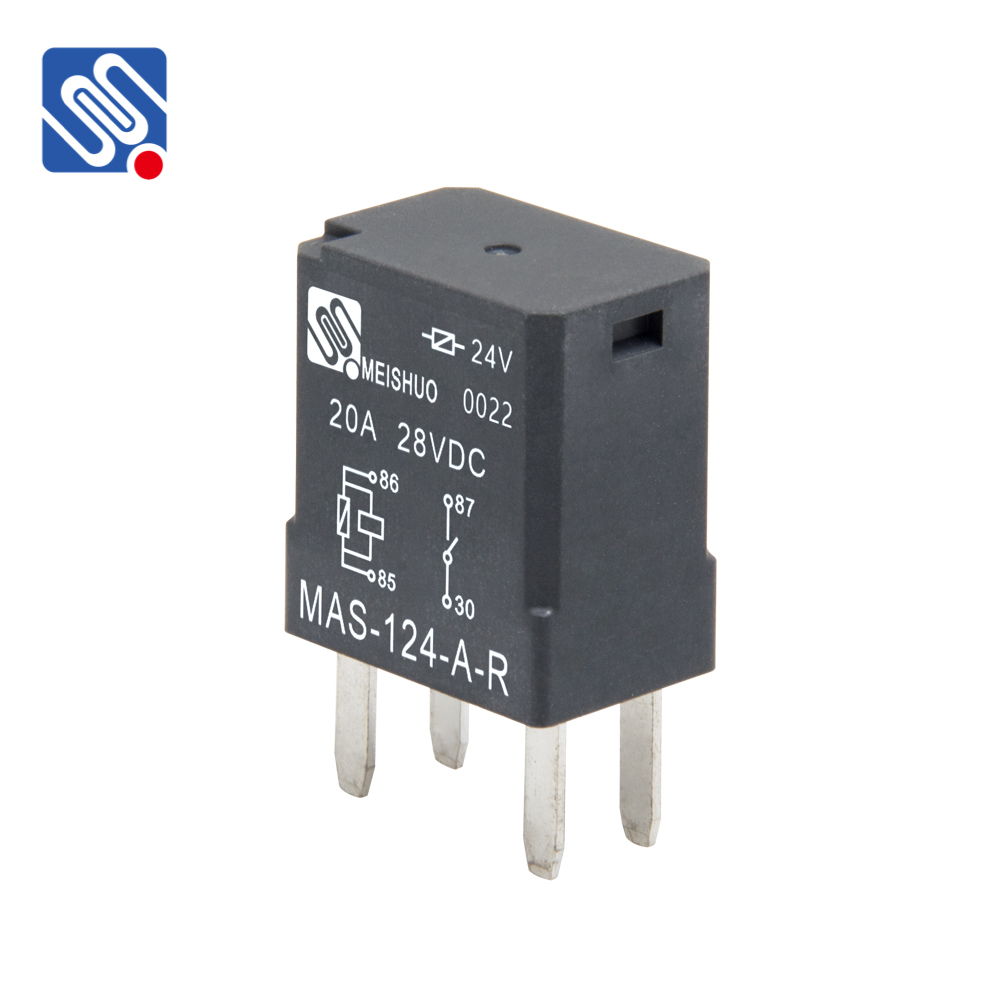A 24V 30A Relay is an essential electrical component used in various industrial, automotive, and household applications. With its ability to control high-power electrical devices using a low-voltage control signal, it is an invaluable tool for switching circuits on and off safely and efficiently. In this article, we will explore the key features, applications, and important considerations when using a 24V 30A relay.

What is a 24V 30A Relay? A relay is an electrically operated switch that allows a low voltage circuit to control a high voltage circuit. The 24V 30A relay is designed to operate with a 24-volt DC or AC control signal, making it suitable for various control systems. The key characteristic of this relay is its high current rating of 30A, which means it can switch loads that require up to 30 amperes of current, making it ideal for controlling large electrical devices such as motors, lights, or other high-power appliances. Key Features of the 24V 30A Relay Coil Voltage: As the name suggests, a 24V 30A relay operates at a coil voltage of 24V. This voltage is the one required to activate the relay and switch the contacts. It can either be in the form of direct current (DC) or alternating current (AC), depending on the relay’s specific design.